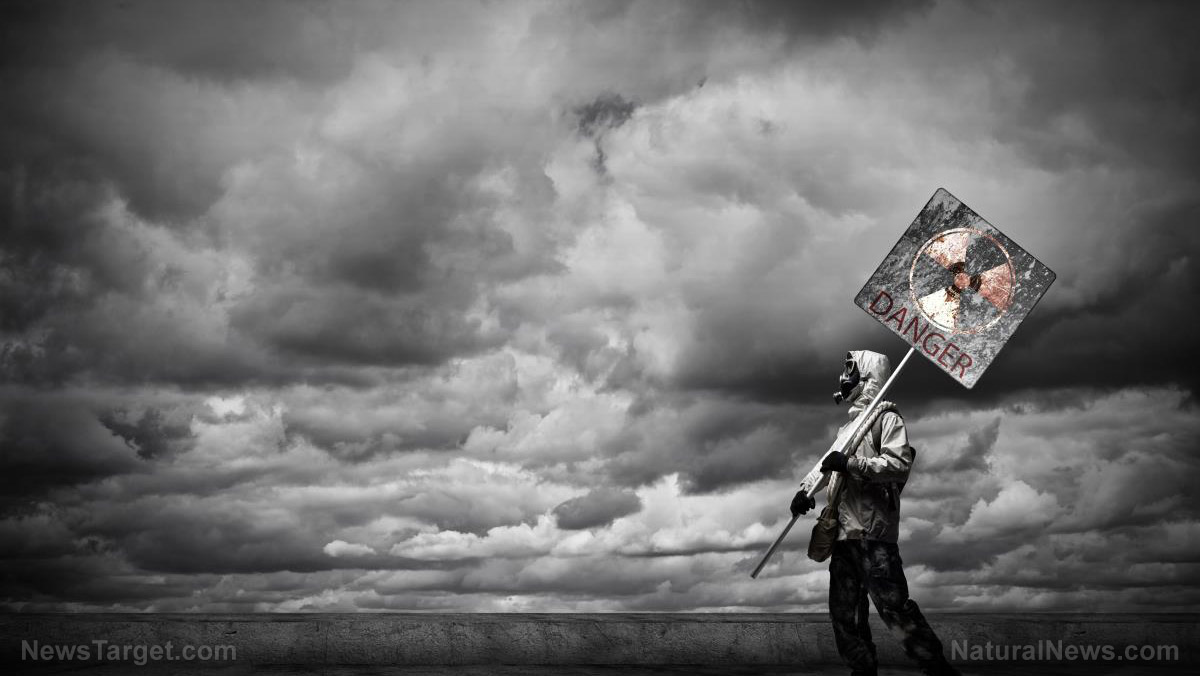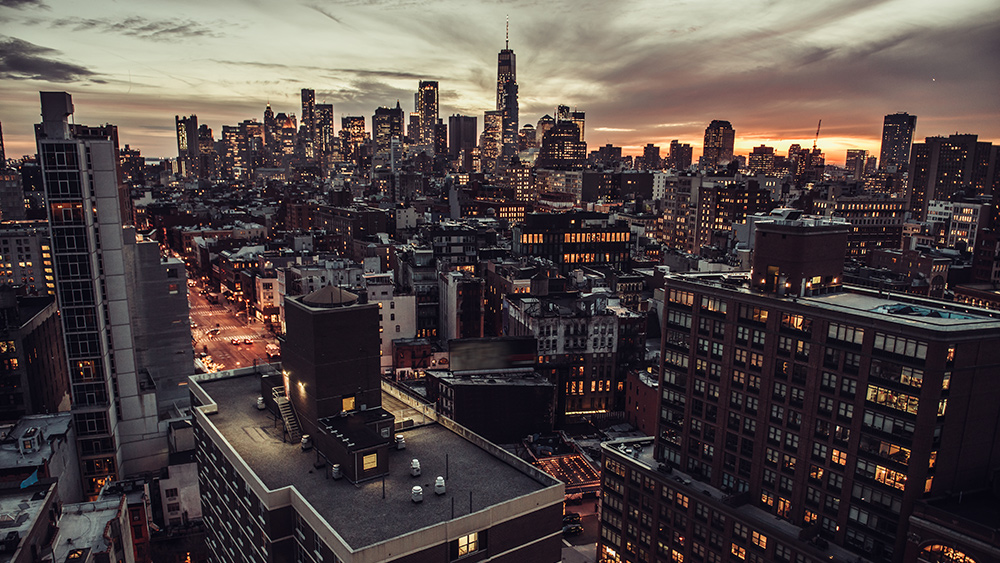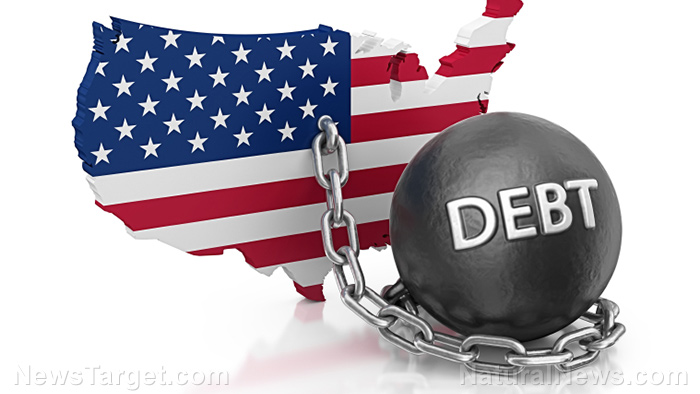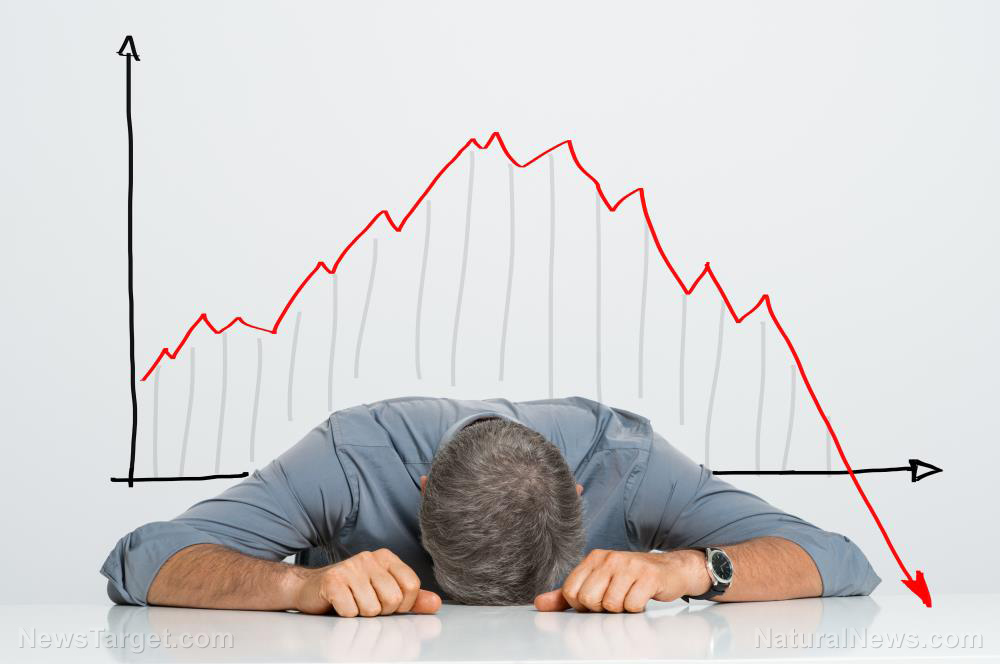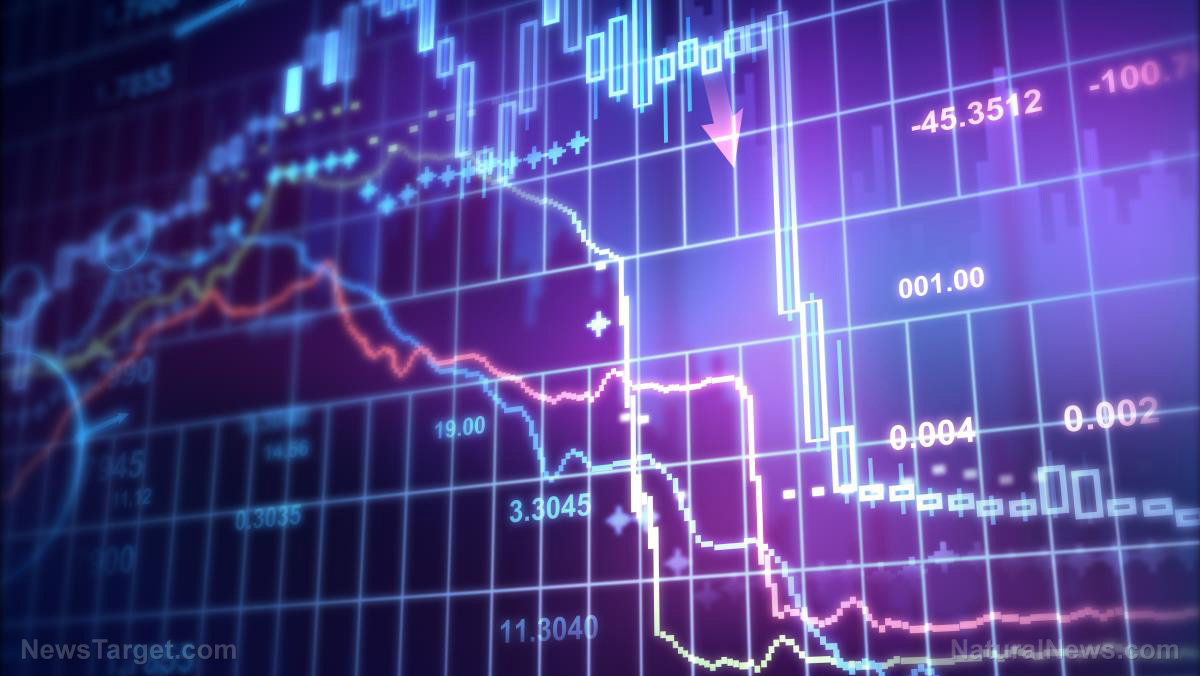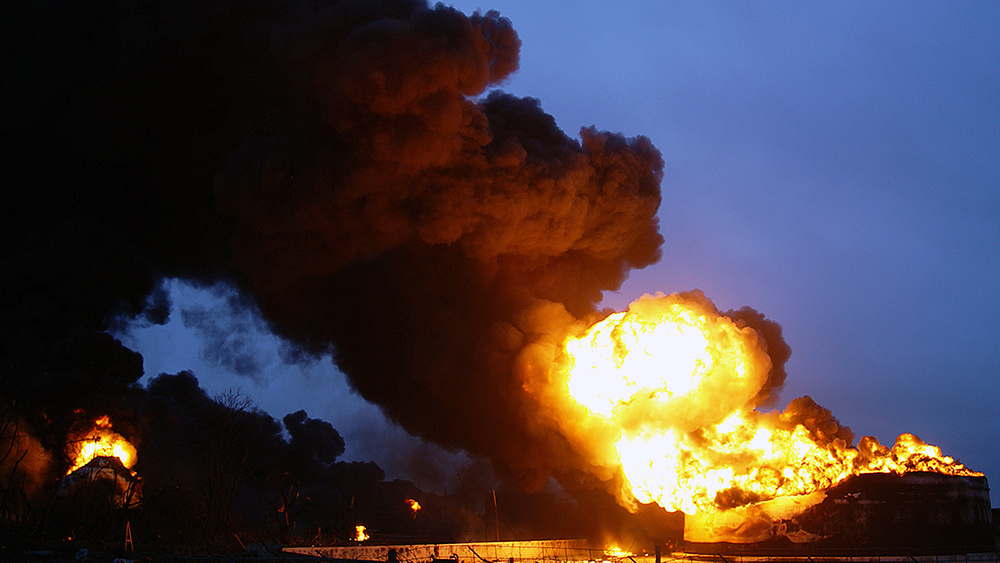Corporate America experiencing BANKRUPTCY BOOM as recession looms
05/25/2023 / By Arsenio Toledo

Corporate bankruptcies are once again increasing after a two-year lull as pressures on the American economy continue to eat into the profit margins of large, medium and small businesses alike.
The increase in bankruptcy reports is most visible among some of the country’s largest corporations, 236 of which filed for bankruptcy in the first four months of the year – more than double the number of similarly-sized companies that made the same filing in 2022, according to market research firm S&P Global Market Intelligence.
Large recognizable companies with hundreds or even thousands of workers have filed for bankruptcy protection in recent weeks. These include retail giant Bed Bath & Beyond, mattress maker Serta Simmons Bedding, hospital staffing services company Envision Healthcare and Vice Media, the parent company of the left-wing mainstream media outlet. (Related: Birds of the same feather: Vice Media files for bankruptcy and sells off assets to left-wing billionaire George Soros.)
During the first quarter of the year, there were 16,200 bankruptcy filings among all types of companies in U.S. District Courts, up from 12,200 filings during the same period last year. While this is still well below the more than 21,000 filings per quarter recorded before 2020, the upward trend is still seen as a serious cause for concern especially as recession signals blare from other parts of the economic and financial world.
Other notable companies that have filed for bankruptcy include catalogue retailer AmeriMark Interactive, party store product chain Party City, wedding dress retailer David’s Bridal as well as several major banks like Silicon Valley Bank and Signature Bank.
High interest rates forcing companies to go bankrupt
Kristin Schwab, writing for Marketplace, noted that the story of 2023’s “great bankruptcy boom” goes back more than a decade, when the Federal Reserve’s benchmark interest rate “was next to nothing.”
“When interest rates are low, more people take advantage of the more available credit to borrow money on good terms,” said Kevin Kaiser, a professor of finance at The Wharton School of the University of Philadelphia. “People seem flush and everybody seems good about it.”
During these low-interest periods, companies that experience trouble would borrow to cover their losses, which is enough to get by until the Fed raises rates. “Rates rise, access goes down and some people default,” noted Kaiser.
“The era of low interest rates and pandemic-related government support programs helped keep companies afloat that may have otherwise had few other options,” said analysts from S&P. “Now that interest rates are back to pre-Great Recession levels and pandemic support programs are largely over, we’re seeing a fresh uptick in a possible sign that companies are running out of time.”
Jaime Katz, an analyst for financial services company Morningstar, noted that retailers are less likely to make it out of bankruptcy if their consumer base goes to them only for a certain kind of product because they are unlikely to transition to providing more consumer goods.
“If you are not fast enough to convert your model to whatever the next big consumer trend is, you ultimately fall out of favor,” said Katz. She added that many companies in non-retail sectors do have the chance to eventually recover following bankruptcy proceedings.
Jared Ellias, a professor of law at Harvard University and an expert on corporate bankruptcy law, believes more companies will enter bankruptcy this year. He’s worried that this will cause a domino effect.
“A company files, they don’t pay people they owe money to, and then the people who don’t get paid don’t pay the people they owe money to,” said Ellias. He does not know how serious the problem may get. It looks like it will go one of two ways.
“What we’re seeing is a bunch of companies with problems, or you’re seeing indicators that corporate America as a whole is having problems,” he warned.
Watch this video from financial expert Lena Petrova, CPA, discussing how bankruptcies in the U.S. are up 216 percent.
This video is from the Make Earth Great Again channel on Brighteon.com.
More related stories:
Slowing fuel demand stokes fears of impending RECESSION in the US.
Trifecta of inflation, recession and banking insolvency leading to a “doom loop:” Economist.
Sources include:
Submit a correction >>
Tagged Under:
bankruptcy, bankruptcy boom, Bubble, chaos, Collapse, corporations, debt bomb, debt collapse, economic collapse, economics, economy, Federal Reserve, finance, financial crash, inflation, interest rates, market crash, money supply, panic, recession, risk
This article may contain statements that reflect the opinion of the author
RECENT NEWS & ARTICLES
COPYRIGHT © 2018 PANIC.NEWS
All content posted on this site is protected under Free Speech. Panic.news is not responsible for content written by contributing authors. The information on this site is provided for educational and entertainment purposes only. It is not intended as a substitute for professional advice of any kind. Panic.news assumes no responsibility for the use or misuse of this material. All trademarks, registered trademarks and service marks mentioned on this site are the property of their respective owners.



